Shichimi Togarashi: The Secret Fire Behind Japan’s Most Addictive Flavor Boost
Table of Contents
- What is Shichimi Togarashi?
- The Magical Ingredients Inside
- Flavor Profile & How It Works
- Top 7 Ways to Use Shichimi Togarashi
- Buying Guide: How to Choose the Right One
- A Quick Dive into Its Origins
- Red Pepper vs. Shichimi – What’s the Difference?
- Final Thoughts: Spice Up Your Life
What is Shichimi Togarashi?
If you’ve ever visited a Japanese izakaya, noodle bar, or even just a ramen joint in Tokyo, you might have spotted a tiny bottle of red powder on the table. That’s shichimi togarashi, often shortened to just “shichimi.” And trust us—it’s not just another chili flake.
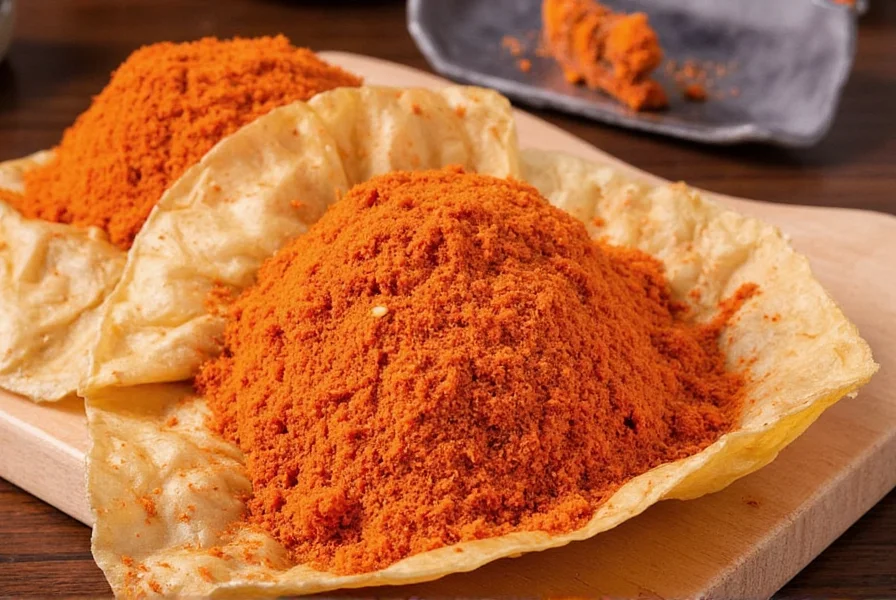
Despite its humble appearance, this spice blend packs a complex flavor punch. While it contains chili pepper, it’s far from a one-note heat bomb. Think of it more like a symphony conductor, orchestrating layers of warmth, aroma, and umami that elevate everything from soups to grilled meats.
The Magical Ingredients Inside
The beauty of shichimi lies in its balance. Unlike basic chili powders, it blends several spices together. Traditional versions usually include:
- Red chili pepper (the obvious star)
- Sesame seeds
- Hemp seeds (yes, really!)
- Orange peel
- Nigella seeds
- Black sesame seeds
- Sichuan pepper or sansho pepper
- Rice bran (sometimes added for texture)
| Ingredient | Role in the Blend |
|---|---|
| Chili Pepper | Provides heat and boldness |
| Sesame Seeds | Adds nutty depth |
| Hemp Seeds | Offers earthiness and texture |
| Orange Peel | Brings citrus brightness |
| Sichuan Pepper | Delivers numbing tingles |
Flavor Profile & How It Works
Forget what you know about hot sauces or crushed red pepper flakes. Shichimi togarashi doesn’t slap your taste buds with fire—it teases them awake with a slow-building heat, followed by floral, woody, and citrusy notes.
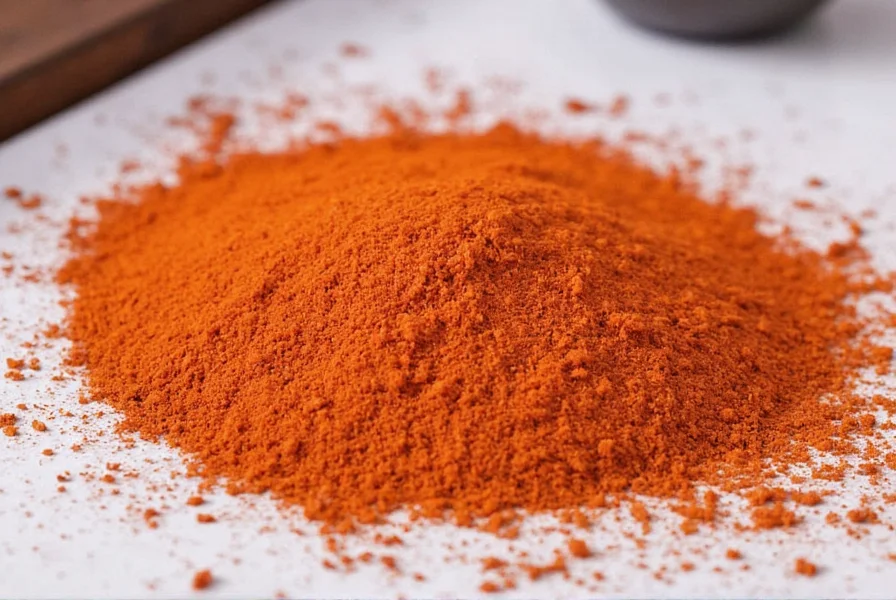
This multi-layered experience makes it perfect for dishes where you want heat without overwhelming the other flavors. It’s also why many chefs call it “the finishing spice” — kind of like how you’d use fresh herbs or grated Parmesan to lift a dish at the end.
Top 7 Ways to Use Shichimi Togarashi
Ready to take this spice out for a spin? Here are some creative and delicious ways to incorporate shichimi togarashi into your everyday cooking:
- Ramen Upgrade: A pinch over steaming-hot ramen noodles adds an extra layer of complexity and heat.
- Popcorn Perfection: Mix with melted butter and drizzle over popcorn for a snack that’s both spicy and savory.
- Egg Enhancer: Sprinkle over scrambled eggs or avocado toast for a morning pick-me-up.
- Grilled Meats: Rub onto chicken or beef before grilling for a subtle kick.
- Dip Dynamics: Stir into mayonnaise, aioli, or soy sauce for a zesty dipping sauce.
- Salad Magic: Combine with olive oil and lemon juice for a spicy vinaigrette.
- Baked Goods Twist: Believe it or not, it pairs beautifully with dark chocolate or sea salt caramel desserts!
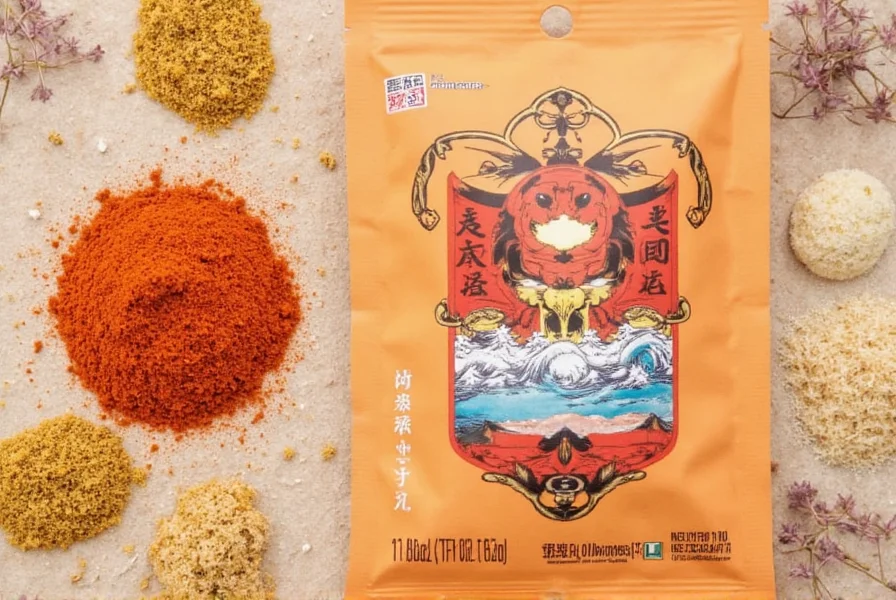
Buying Guide: How to Choose the Right One
With so many brands and variations hitting shelves (and online stores), how do you choose the right shichimi togarashi? Let’s break it down.
1. Yagenbaru Shichimi Togarashi
- Features: Made in Kyoto using traditional methods; uses sansho pepper instead of Sichuan pepper.
- Advantages: Balanced, clean flavor with floral undertones.
- Best For: Classic ramen and udon dishes.
- Occasion: Everyday home use or gifting.
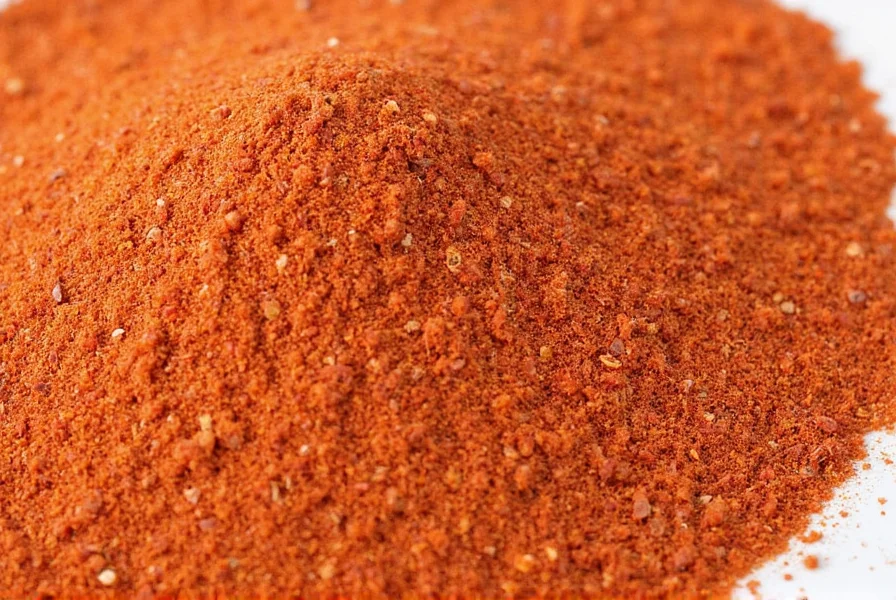
2. Yamaboshi Shichimi
- Features: Contains orange peel and hemp seeds; slightly sweeter profile.
- Advantages: Great for beginners due to milder heat.
- Best For: Seafood, salads, and mild broths.
- Occasion: Weeknight dinners, family meals.
3. Tomyo Shichimi
- Features: Stronger chili base with a longer afterburn.
- Advantages: Intense flavor with robust heat.
- Best For: Bold dishes like grilled meat, curry, or fried foods.
- Occasion: Cooking for spice lovers or adventurous eaters.
4. DIY Shichimi Kits
- Features: Comes with separate ingredients to mix at home.
- Advantages: Customize your blend to personal taste.
- Best For: Foodies, cooking enthusiasts, or curious beginners.
- Occasion: Weekend cooking projects, gift ideas.
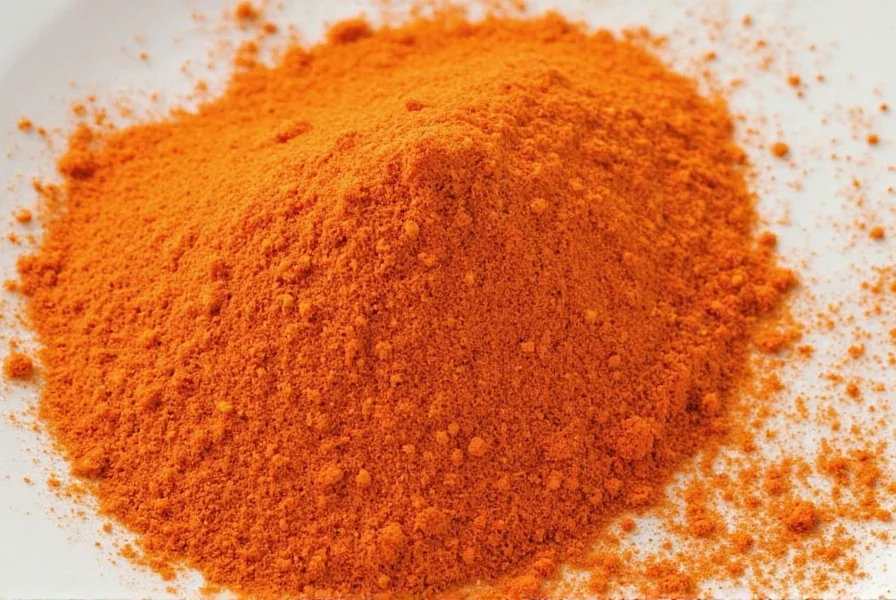
A Quick Dive into Its Origins
While we often think of it as a staple seasoning today, shichimi togarashi has a surprisingly rich history. Originally created in the 17th century by herbalists in Edo (now Tokyo), it was believed to aid digestion and circulation. Over time, it evolved from a medicinal concoction into a beloved culinary tool.
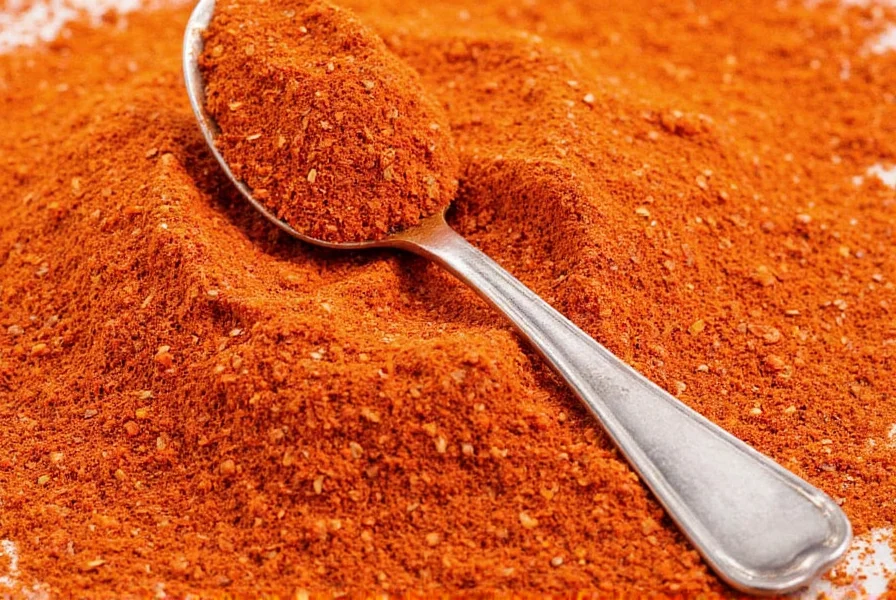
Monks and apothecaries sold early versions in paper pouches near temples. Today, each region in Japan has its own twist—some spicier, some smokier—but all rooted in tradition.
Red Pepper vs. Shichimi – What’s the Difference?
You might wonder: can’t I just use regular crushed red pepper instead? Technically, yes. But flavor-wise, you’re missing out on the full orchestra.
| Characteristic | Crushed Red Pepper | Shichimi Togarashi |
|---|---|---|
| Heat Level | Moderate | Varied |
| Complexity | Low | High |
| Aroma | Earthy, basic | Floral, citrusy, nutty |
| Versatility | Good | Excellent |
In short: If you're making pizza or marinara, crushed red pepper works fine. But if you want to bring nuance and a little cultural flair to your plate, go with shichimi.
Final Thoughts: Spice Up Your Life
Shichimi togarashi is more than just a spice—it’s a doorway to new flavors, a bridge between East and West, and a reminder that heat doesn’t always mean pain. Whether you’re a seasoned chef or a weekend cook looking for a flavor boost, adding this seven-spice blend to your pantry is a no-brainer.
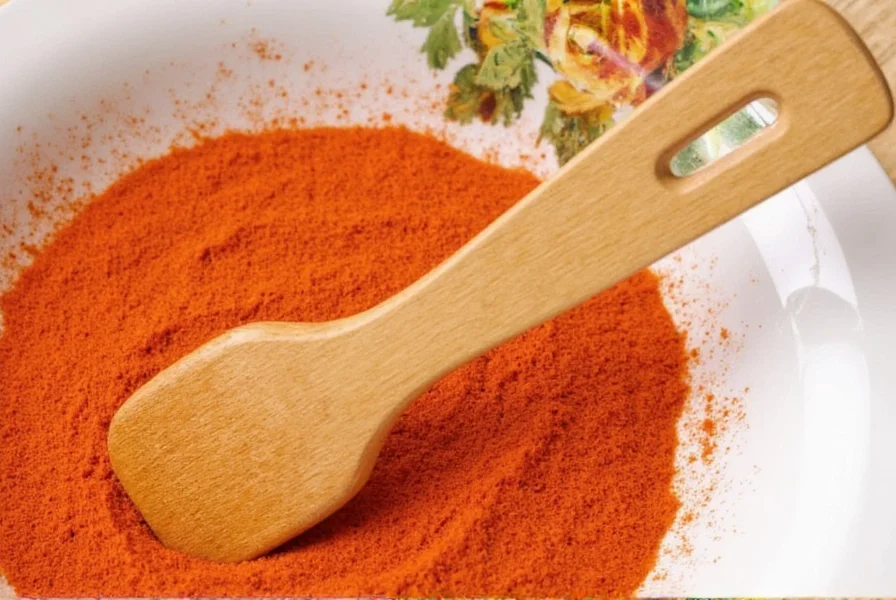
From ramen to popcorn, grilled steak to deviled eggs, shichimi togarashi brings a whole new dimension to your food. So go ahead—shake things up. After all, life’s too short for bland food.

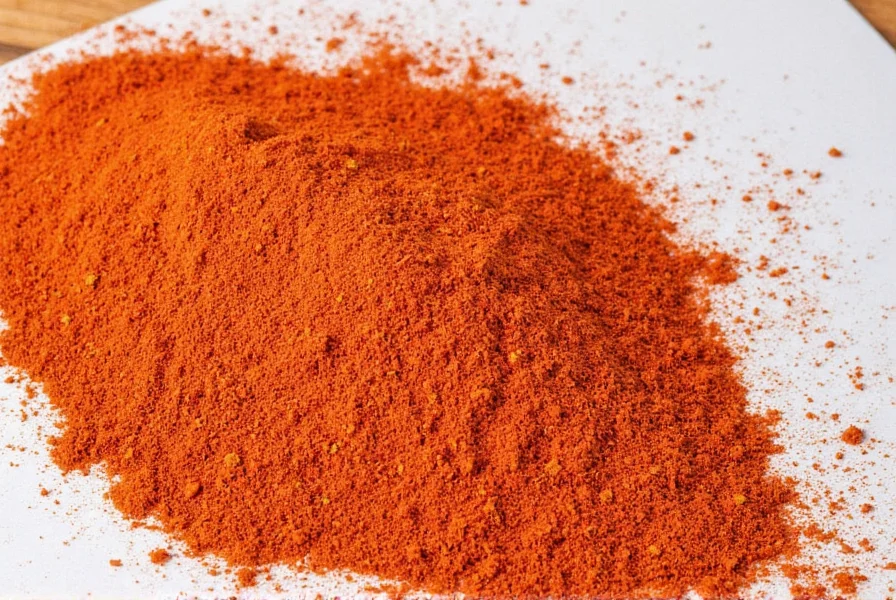









 浙公网安备
33010002000092号
浙公网安备
33010002000092号 浙B2-20120091-4
浙B2-20120091-4